A definitive answer to "best potting medium"
snek lover
6 years ago
Featured Answer
Sort by:Oldest
Comments (62)
woodnative
6 years agosnek lover
6 years agolast modified: 6 years agoRelated Discussions
Best pot/medium for low humidity
Comments (5)If you live in the woods in the Bay Area, think about the possibility that the issue is light. San Diego is very much sunnier than the Bay Area, especially in winter. And woods nearby, and you've quadrupled the problem. If you need heat 9 months of the year, I'd venture your windows don't get any sun. Unless you are giving supplemental light, it is probably way too dim for orchids to thrive, even the phal. Like Julie, I would also have recommended a repot. But given that you have already done that ... Sometimes new bark stays too dry right after a repot. Certainly for phals, you should pre-soak a bark medium so that it retains some moisture. The number 1 cause of stress in phals after repotting is caused by lack of moisture-- the new medium staying too dry, the water just runs right thru without any of it staying and the plant gets too dry. Give them a soak for a half hour or so, and then water on an as-need basis. It may be less than once a week if your house is dim. If you don't get at least two to three hours of sun in a window in your new house, you will have to provide artificial light....See MoreDefinitive Answer On Peppers?
Comments (5)Okay, I went to the source once I had time. The Aggie Horticulture PlantAnswers site says: 3. Q. If you plant hot peppers beside sweet peppers, will the sweet pepper plant produce hot fruit? A. Absolutely not. Pepper flowers are self-pollinated, although occasionally cross-pollinate. However, the result of this crossing will appear only if seed is saved from this year's crop and planted next year. It will not result in off-flavor or differences in fruit characteristics of this year's crop....See MoreIs there a definite answer, receptacle in a closet?
Comments (15)Thanks for your replies. I think I could handle installing this myself. So if it's not mentioned in the NEC does that mean it's fair game? I would think it would mention something. As far as electrical in the closet, it's pretty low voltage. All that will be plugged in are DTV multiswitch, 12 volt dsl modem, router, camera sequencer, 12v cameras, phone 110 block, alarm....See MorePlease help!! I've tried and tried but no definitive answer.
Comments (12)Laurie, might be a good idea to include the scientific name for the plant as well. Would you be referring to some form of Cissus? Many times a "common" name might be used for more than one type of plant or might not be used at all in some areas of the country/world. (For a non-plant example ... some folks may be unfamiliar with the creature known in some areas as a "puma", since in their area it might be commonly called a 1 Puma 2 ******** 3 Couguar 4 Panther 5 Panthere 6 Painter 7 Catamount 8 WIld Cat 9 American Lion 10 California Lion 11 Silver Lion 12 Mountain Devil 13 Mountain Lion 14 Mountain Demon 15 Mountain Tiger 16 Mountain Cat 17 Purple Panther 18 Tiger 19 Tyger 20 Lion 21 Lyon 22 Deer Tiger 23 Deer-killer 24 Pampas-cat 25 Mexican Lion 26 Indian Devil 27 Red Tiger 28 Brazilian Cat 29 Bender 30 Brown Tiger 31 Poltroon Tiger 32 Sneak-cat 33 Tyger of America 34 Mountain Screamer 35 Rocky Mountain Lion 36 Black Puma 37 King-cat 38 Varmint 39 American Panther 40 Great Panther 41. Catamountain 42. Cat-o-mountain or, as many know it, [entry #2] a cougar. :-) )...See MoreStush2049 Pitts. PA, zone 6
6 years agolast modified: 6 years agoRobdb8
6 years agosnek lover
6 years agorobinswfl
6 years agowoodnative
6 years agosnek lover
6 years agowoodnative
6 years agowoodnative
6 years agosnek lover
6 years agoJon
6 years agolast modified: 6 years agowoodnative
6 years agosnek lover
6 years agoSugi_C (Las Vegas, NV)
5 years agowoodnative
5 years agosnek lover
5 years agoRobdb8
5 years agosnek lover
5 years agowoodnative
5 years agoStush2049 Pitts. PA, zone 6
5 years agoSugi_C (Las Vegas, NV)
5 years agosnek lover
5 years agosnek lover
5 years agowoodnative
5 years agosnek lover
5 years agowoodnative
5 years agowoodnative
5 years agoMatt McLagan
5 years agosnek lover
5 years agowoodnative
5 years agolucillle
5 years agowoodnative
5 years agohellkitchenguy Manuel
5 years agolast modified: 5 years agowoodnative
5 years agoStush2049 Pitts. PA, zone 6
5 years agowoodnative
5 years agosnek lover
5 years agowoodnative
5 years agoRuss1023 (central Fla)
5 years agowoodnative
5 years agoRuss1023 (central Fla)
5 years agowoodnative
5 years agoJon
5 years agoStush2049 Pitts. PA, zone 6
5 years agoRuss1023 (central Fla)
5 years agoRuss1023 (central Fla)
5 years agolast modified: 5 years agoRuss1023 (central Fla)
5 years agoJon
5 years agoStush2049 Pitts. PA, zone 6
5 years ago
Related Stories

CONTAINER GARDENSContainer Garden Basics: How and When to Water Potted Plants
Confused about soil moisture, the best time to water and what watering device to use? This guide can help
Full Story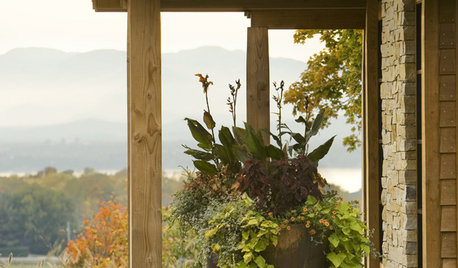
GARDENING GUIDESGrow a Beautiful Fall Garden in a Pot
Welcome autumn with 7 gorgeous plants that thrive in containers and enliven your porch or patio throughout the cooler season
Full Story
HOUZZ TOURSMy Houzz: An Opposite-Tastes Couple Finds a Happy Medium
Cherished antiques rub elbows with contemporary furnishings in this intimate-feeling open-plan Chicago condo
Full Story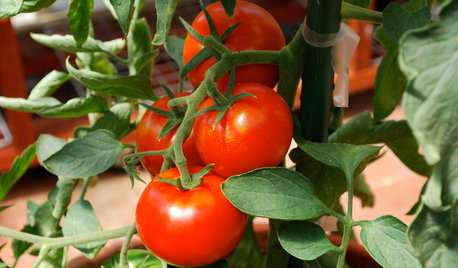
GARDENING 101How to Grow Tomatoes in Pots
Don’t have much space for a garden? All you need is a sunny spot and a large container to grow this favorite summer crop
Full Story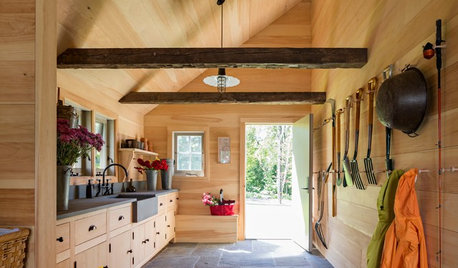
OUTBUILDINGS9 Gorgeous Garden Sheds and Luxury Indoor Potting Stations
These stunning, hardworking spaces benefit from farmhouse-style sinks, airy windows and custom shelving
Full Story
CONTAINER GARDENSContainer Gardening Basics: The Dirt on Soil
Learn the types of potting soil available and the best mixes to help your containers thrive
Full Story
KITCHEN DESIGNA Cook’s 6 Tips for Buying Kitchen Appliances
An avid home chef answers tricky questions about choosing the right oven, stovetop, vent hood and more
Full Story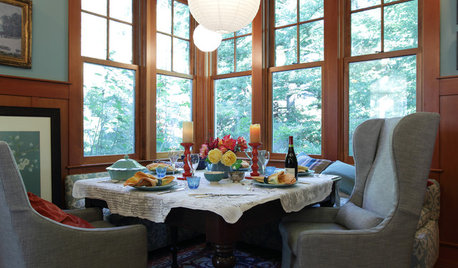
FUN HOUZZHouzz Quiz: What's Your Decorating Style?
Answer these 9 questions to find out what decorating style suits you best
Full Story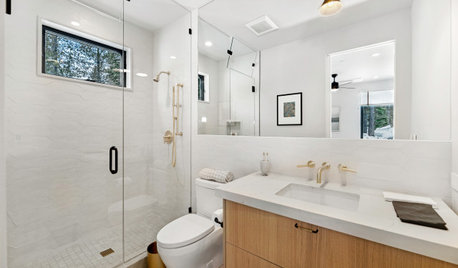
BATHROOM DESIGNKey Measurements to Make the Most of Your Bathroom
Fit everything comfortably in a small or medium-size bath by knowing standard dimensions for fixtures and clearances
Full Story
CONTAINER GARDENSPatio-Perfect Berry Bushes Like You’ve Never Seen
Small enough for pots but offering abundant fruit, these remarkable bred berries are a boon for gardeners short on space
Full Story


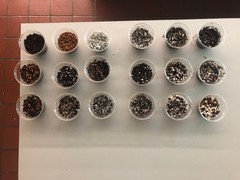
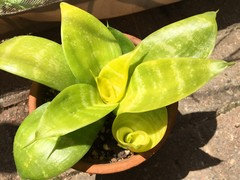



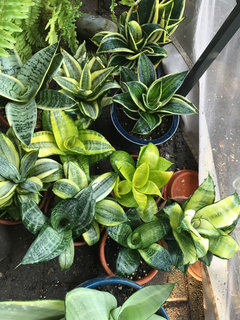
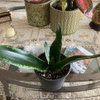

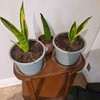
woodnative